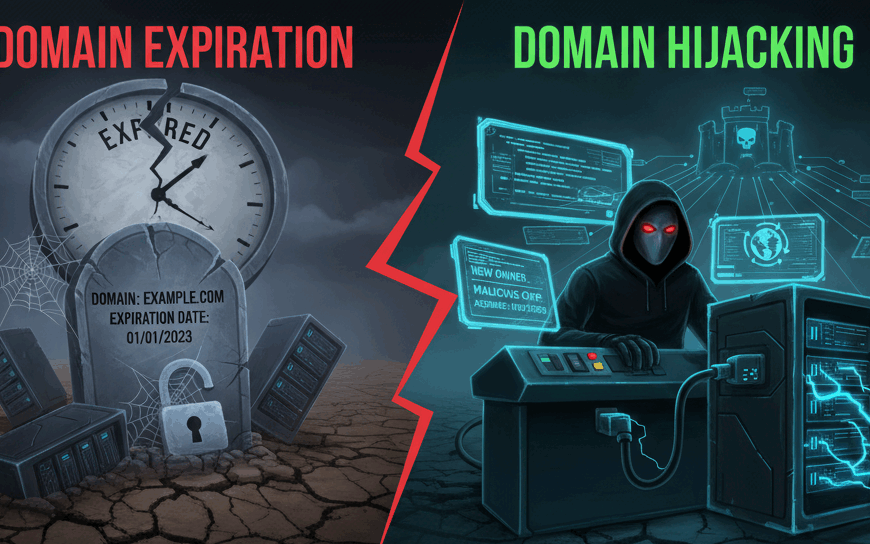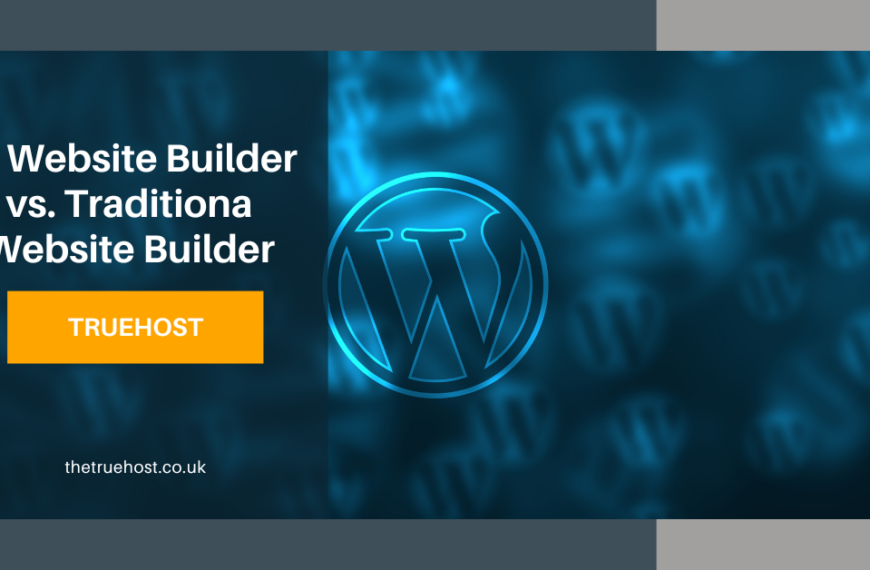Creating a professional startup landing page doesn’t need to drain your budget or take months. You know what’s killing most UK startups before they even get started? Poor online presence.
Recent studies show that 70% of UK consumers research businesses online before making purchasing decisions. Your startup landing page isn’t just a nice-to-have anymore, it’s your digital shopfront.
This guide will show you exactly how to create a professional startup landing page using AI technology. We’ll explore why every UK startup needs one, how to build it efficiently, and what makes the difference between pages that convert and those that don’t.
Why Your UK Startup Desperately Needs a Professional Landing Page
Let me be blunt about this. Your brilliant business idea means nothing if potential customers can’t find you online. In 2024, the UK saw about 846,000 new startups, a 3% drop from 2023, yet still reached a record 5.6 million active businesses.
The Harsh Digital Reality Every UK Entrepreneur Faces
UK consumers are ruthless when it comes to first impressions online. Research by the British Retail Consortium shows that 94% of first impressions relate to your website’s design. You’ve got about 15 seconds to capture attention, or lose it forever.
Mobile usage dominates the UK market. Over 80% of British consumers browse on their phones first. If your startup landing page isn’t mobile-optimised, you’re essentially invisible to four out of five potential customers.

Common Landing Page Mistakes That Sink UK Startups
Most entrepreneurs make the same critical errors. They create pages that look amateurish, load slowly, or fail to communicate their value clearly.
Here’s what typically goes wrong:
- Unclear value propositions that confuse rather than convince
- Poor mobile experience that frustrates smartphone users
- Missing local elements that fail to connect with UK audiences
- Generic messaging that sounds like everyone else
The cost of getting this wrong? Everything. Your startup landing page is often the first—and sometimes only—chance to make your case.
Understanding MVP Landing Pages
An MVP (Minimum Viable Product) landing page strips away the fluff. It focuses on what actually matters: converting visitors into customers, investors, or early adopters.

What Makes a Startup Landing Page Actually Work
Think of your MVP landing page as your elevator pitch, but better. It needs to answer three crucial questions within seconds: What do you do? Why should I care? What happens next?
The best startup landing pages follow a simple formula. They lead with a compelling headline, support it with social proof, and guide visitors toward one clear action.
MVP vs Full Website
You don’t need a 20-page website when you’re just starting out. Honestly, it’s often counterproductive. An MVP approach lets you test your market quickly and cheaply.
Here’s the breakdown:
| MVP Landing Page | Full Website |
|---|---|
| Single page focus | Multiple pages |
| One clear goal | Multiple objectives |
| Quick to build | Months to develop |
| £100-500 budget | £2,000-15,000 cost |
| Test market fast | Long development cycle |
Most successful UK startups began with a simple landing page. They validated their idea first, then expanded later.
Essential Components Your Startup Landing Page Must Include
Every effective startup landing page needs these core elements:
- Hero section with your main value proposition
- Problem statement that resonates with your audience
- Solution overview showing how you solve it
- Social proof like testimonials or early user numbers
- Clear call-to-action telling people exactly what to do next
Skip any of these, and you’re leaving money on the table.
Olitt AI: The Game-Changing Website Builder for UK Startups
Traditional web development is broken for startups. You either pay thousands to agencies or spend months learning to code. Neither option works when you need to move fast.
How Olitt AI Transforms Website Creation for Entrepreneurs
Olitt AI changes everything about building startup landing pages. Instead of wrestling with complex code or design software, you simply describe your business. The AI handles the rest.
The platform understands UK market nuances. It suggests design elements, copy frameworks, and layouts that work specifically for British audiences. No more guessing what converts, the AI knows.
Key Features That Set Olitt AI Apart from Competitors
Here’s where Olitt AI really shines compared to other website builders:
-
AI-powered design suggestions based on your industry
-
Mobile-first templates optimised for UK mobile usage
-
Built-in SEO tools to help you rank on Google.co.uk
-
GDPR compliance features essential for UK businesses
-
Payment integrations including UK-specific options
The platform learns from thousands of successful startup landing pages. It applies those insights to your specific business automatically.
Perfect Match for UK Market Requirements
Building for the UK market has specific challenges. Currency display, GDPR compliance, local payment methods—Olitt AI handles all of this seamlessly.
The AI even suggests British English spelling and terminology. It knows the difference between “colour” and “color,” “realise” and “realize.” Small details that matter to UK audiences.
Your Step-by-Step Guide to Building a Startup Landing Page with Olitt AI
Ready to build your page? Here’s exactly how to do it, step by step.
1) Getting Started
First, head to Olitt.com and create your account. The setup takes less than five minutes. You’ll answer a few questions about your startup, and the AI starts working immediately.
Choose a template that matches your industry. Don’t overthink this—you can change everything later. The AI will adapt the design based on your specific needs anyway.
2) Design Phase
This is where the magic happens. Describe your brand in simple terms. “Professional but approachable,” or “cutting-edge tech startup,” or “sustainable fashion brand.” The AI translates your words into visual design.
You can adjust colours, fonts, and layouts with simple clicks. No design experience needed. The AI suggests combinations that work well together and convert visitors effectively.
3) Content Creation
Start with your headline. Make it specific and benefit-focused. Instead of “Revolutionary App,” try “Save 3 Hours Daily with Smart Task Management.” UK consumers appreciate directness over hype.
Your value proposition should be clear within seconds. Answer the “so what?” question immediately. Explain the problem you solve and why it matters to your specific audience.
Include social proof early and often. UK consumers trust peer recommendations more than advertising. Even early testimonials or beta user feedback can work.
4) Technical Setup
Olitt AI handles the technical complexity. Choose a domain name that reflects your brand and is easy to spell. Consider a .co.uk domain if you’re targeting primarily UK customers.
The platform automatically configures hosting, SSL certificates, and security features. These technical elements that normally take days happen automatically.
Before launching, test your startup landing page on different devices. Check it on iPhone, Android, tablet, and desktop. Most UK traffic comes from mobile, so prioritise that experience.
Optimising Your Startup Landing Page for UK Search Engines
Getting found on Google.co.uk requires specific strategies. UK SEO differs from global SEO in subtle but important ways.
i) Local SEO Strategies That Work for UK Startups
Include location-specific keywords naturally in your content. Phrases like “London startup,” “UK-based,” or “serving British customers” help with local search rankings.
Set up Google My Business if you have a physical location. Even home-based startups can benefit from local search visibility.
Use UK spelling consistently throughout your startup landing page. Google.co.uk prefers British English for UK-targeted searches.
ii) Technical SEO Essentials for Better Rankings
Page speed matters enormously for UK audiences. British internet speeds vary significantly by region. Aim for loading times under three seconds.
Olitt AI automatically optimises images and code for fast loading. The platform handles technical SEO elements like meta tags, structured data, and mobile responsiveness.
Monitor your Core Web Vitals regularly. Google uses these metrics heavily in UK search rankings. Poor scores can sink your visibility regardless of content quality.
Why Olitt AI Makes Financial Sense for UK Startups
Let’s talk money. Traditional web development costs are crushing UK startups before they even begin.
UK Market Pricing
Hiring a UK web development agency typically costs £5,000-£15,000 for a professional startup landing page. Freelancers charge £2,000-£5,000, but quality varies wildly.
Even DIY website builders have hidden costs. Premium templates, plugins, hosting, and maintenance quickly add up to hundreds monthly.
ROI Comparison: Traditional Development vs Olitt AI
Here’s what the numbers actually look like:
Traditional Development:
- Initial cost: £5,000-£15,000
- Timeline: 6-12 weeks
- Revisions: £500-£1,000 each
- Maintenance: £200-£500 monthly
Olitt AI:
- Plans range from $19-199 annually
- Timeline: Same day launch possible
- Revisions: Unlimited with subscription
- Maintenance: Included automatically
The math is compelling. You can test multiple startup landing page variations for less than one traditional development cycle costs.
Overcoming Common Challenges
Every entrepreneur faces similar obstacles when creating their startup landing page. Here’s how to avoid the most common pitfalls.
Technical Hurdles That Stop Progress
Most founders get overwhelmed by technical decisions. Domain names, hosting, SSL certificates—it feels complicated because it usually is.
The solution is choosing tools that handle complexity automatically. Olitt AI manages technical elements so you can focus on your business instead of server configurations.
Don’t get paralysed by perfect. Launch with something good, then improve based on real user feedback. Your first version won’t be perfect, and that’s completely fine.
Design and Content Challenges That Hurt Conversion
Many UK startups try to sound too corporate or professional. They use buzzwords and industry jargon that confuses potential customers.
Write like you’re explaining your business to a friend. Use simple words and clear benefits. UK audiences respond well to straightforward, honest communication.
Test different headlines, images, and calls-to-action. Small changes can dramatically impact conversion rates. What works for other businesses might not work for yours.
Launching Your Startup Landing Page Today
You’ve got the knowledge. Now it’s time for action.
The most successful UK startups move quickly. They test ideas fast, learn from real feedback, and iterate based on what actually works rather than what they think might work.
Your startup landing page is your first step toward building a real business. It’s where you’ll test your value proposition, gather your first customers, and prove your concept works.
Don’t wait for perfect conditions or complete product development. Launch your landing page now, start collecting feedback, and begin building your audience immediately.
The UK startup ecosystem is incredibly competitive. But it’s also full of opportunity for entrepreneurs who execute quickly and learn constantly.
Your landing page is more than just a website, it’s your business development tool, your marketing engine, and your pathway to success. Build it right, launch it fast, and start your journey today.
Read Also:





